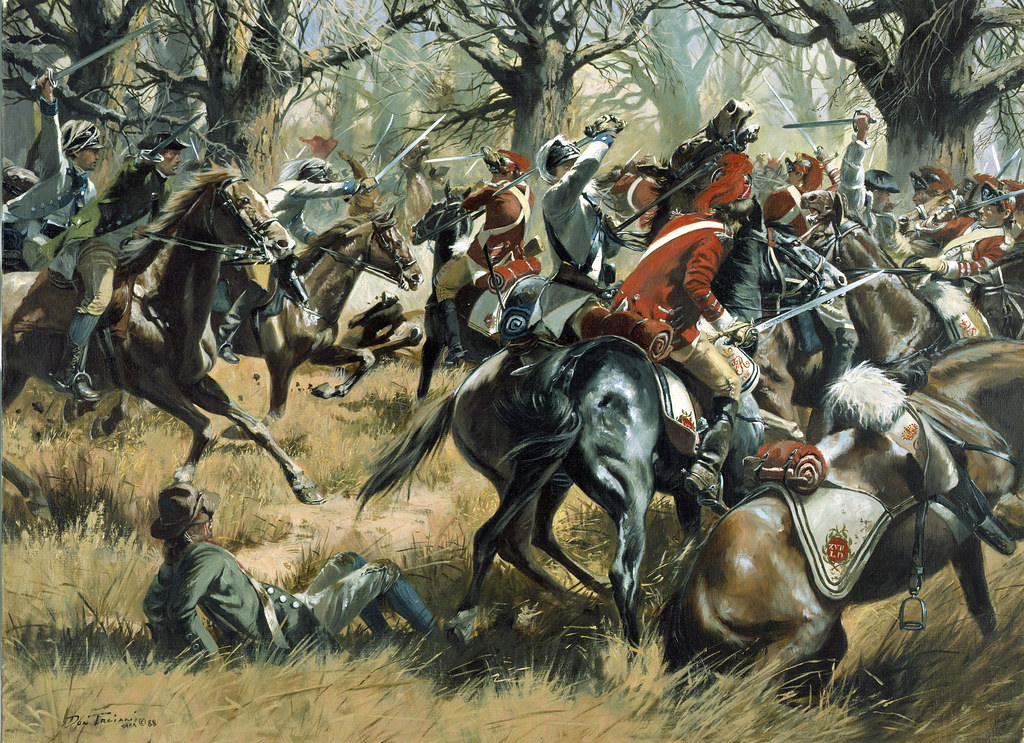The Battle of Kings Mountain: The Turning Point That Saved the Revolution
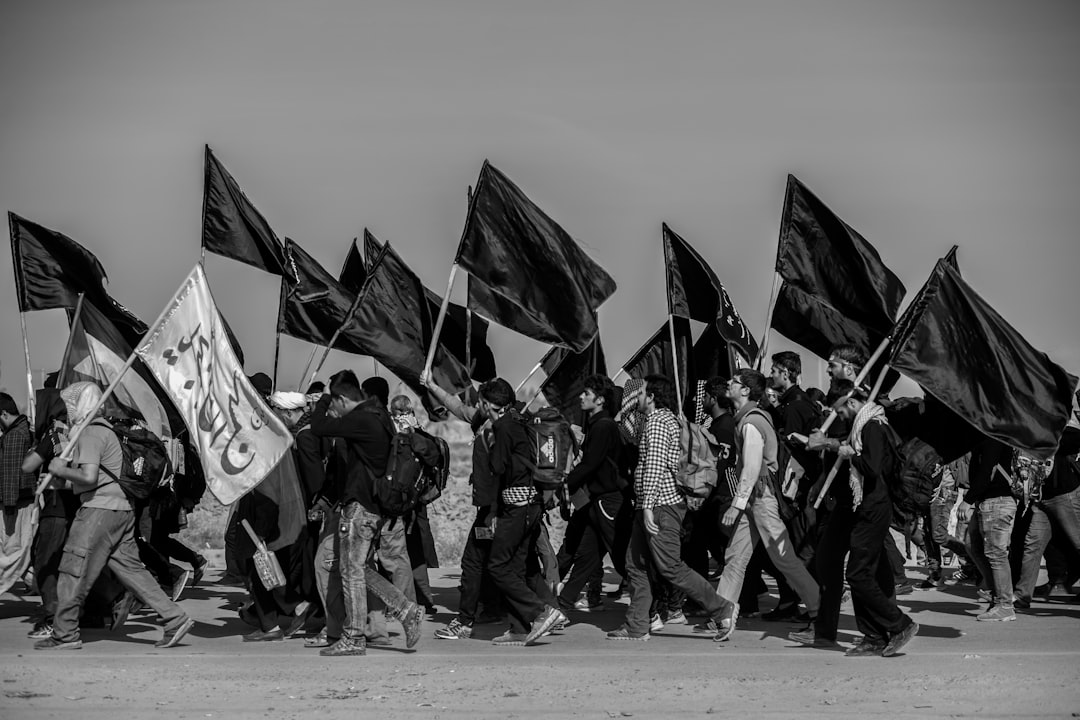
Most Americans have never heard of Kings Mountain, yet this remote South Carolina battlefield witnessed one of the most decisive moments of the Revolutionary War on October 7, 1780. When British Major Patrick Ferguson threatened to march his army “over the mountains” and hang the leaders with fire and sword, he awakened a sleeping giant among the frontier settlers. Over 900 “Over Mountain Men” from what is now Tennessee, along with patriots from Virginia and the Carolinas, surrounded Ferguson’s force of 1,100 loyalists and British regulars on the rocky summit.
The battle lasted just 65 minutes, but its impact echoed through history. Ferguson was killed along with 157 of his men, while 163 were wounded and 698 captured. The patriot forces suffered only 28 killed and 62 wounded, according to military records preserved in the National Archives. British General Cornwallis, who had been advancing north with confidence, was forced to retreat back into South Carolina, delaying his campaign by crucial months.
The Battle of Plattsburgh: Naval Victory That Ended the War of 1812

While everyone remembers the Battle of New Orleans, the real decisive engagement of the War of 1812 happened on Lake Champlain near Plattsburgh, New York, on September 11, 1814. British Admiral George Downie commanded a fleet of 16 vessels with 92 guns, facing American Commodore Thomas Macdonough’s 14 ships mounting 86 guns. The British had assembled their largest invasion force since the Revolution, with 11,000 troops ready to march on Albany and New York City.
Macdonough’s tactical genius turned the tide when he used kedge anchors to pivot his flagship Saratoga during the battle, bringing fresh guns to bear against the British flagship Confiance. Within two hours, Downie was dead and his fleet either captured or destroyed. The stunning naval defeat forced the British army to retreat back to Canada, effectively ending major British offensive operations and leading directly to the Treaty of Ghent.
The Battle of Glorieta Pass: The Gettysburg of the West

Deep in the New Mexico Territory, a little-known Civil War battle on March 28, 1862, shattered Confederate dreams of a Pacific empire. Confederate General Henry Sibley had marched his Texas Brigade up the Rio Grande Valley, capturing Santa Fe and planning to seize the Colorado gold fields and California ports. Union Major John Chivington led 418 Colorado volunteers in a daring flanking maneuver around the Confederate position at Glorieta Pass.
While the main battle raged, Chivington’s men discovered and destroyed the entire Confederate supply train of 80 wagons, along with 500 horses and mules. Though technically a Confederate tactical victory, the loss of supplies forced Sibley’s army to retreat back to Texas, abandoning all territorial gains. Military historians from the University of New Mexico have documented how this single action preserved the Southwest for the Union and kept California’s gold flowing east.
The Battle of Fallen Timbers: Opening the American Frontier
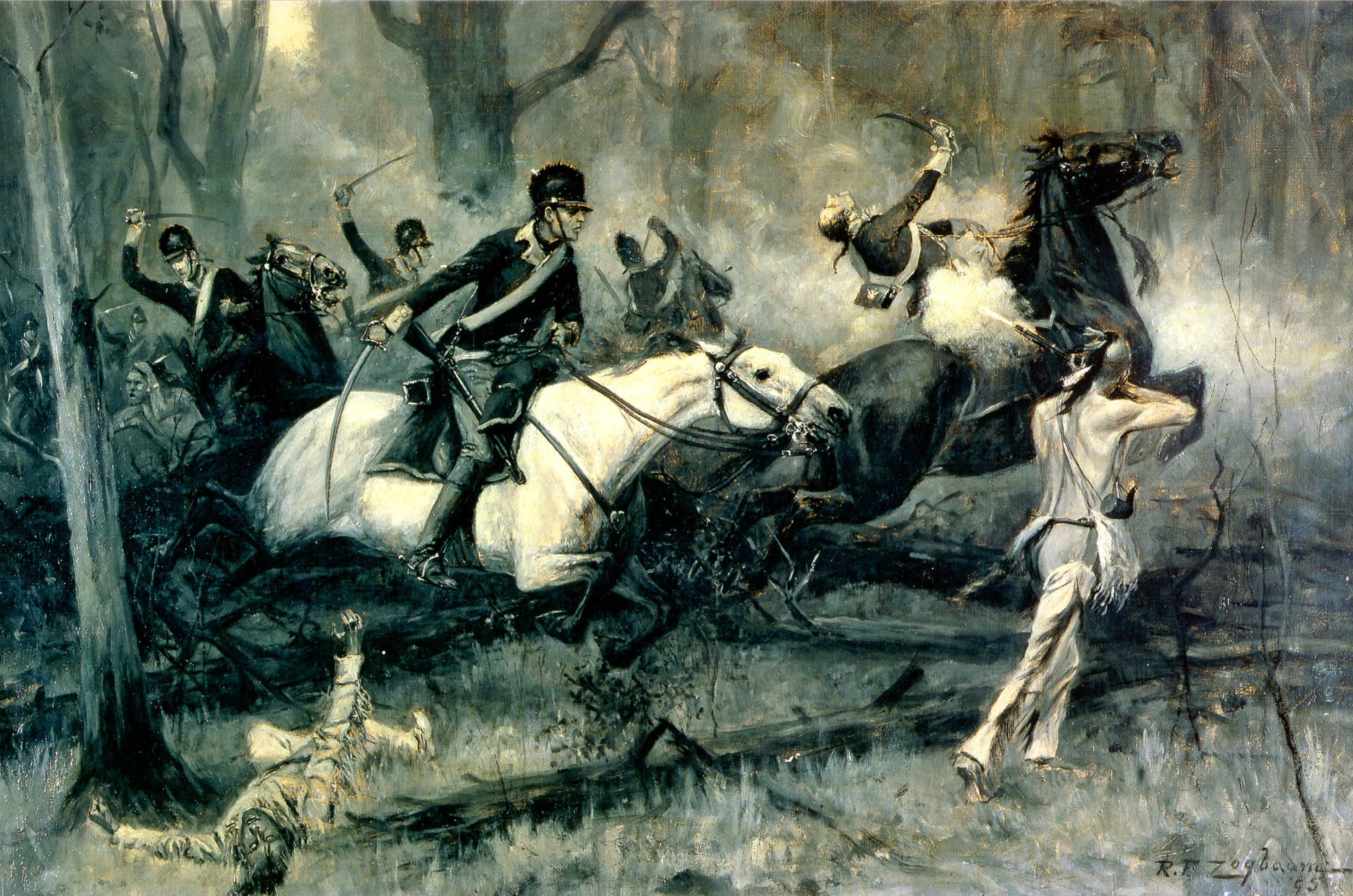
On August 20, 1794, near present-day Toledo, Ohio, General Anthony Wayne’s Legion of the United States faced a confederation of Native American tribes led by Blue Jacket and Tecumseh. The battle’s name came from a recent tornado that had felled trees across the battlefield, creating natural fortifications. Wayne’s force of 3,000 regulars and Kentucky militia attacked the 1,500 Native American warriors in a coordinated assault that lasted less than an hour.
The decisive victory opened the entire Northwest Territory to American settlement and led directly to the Treaty of Greenville in 1795. According to the Ohio Historical Society, this treaty ceded most of present-day Ohio, Indiana, Illinois, and Michigan to the United States. The battle effectively ended Native American resistance in the region for a generation and triggered the massive westward migration that would define the early 19th century.
The Battle of Lake Erie: Naval Supremacy That Secured the Northwest
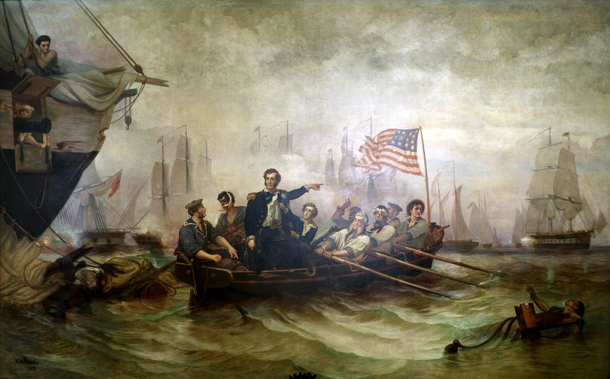
Commodore Oliver Hazard Perry’s stunning naval victory on Lake Erie on September 10, 1813, remains one of the most dramatic comeback stories in American military history. Perry’s fleet of nine vessels faced British Commander Robert Barclay’s six ships in a brutal three-hour engagement. When Perry’s flagship Lawrence was battered into submission, he personally rowed through enemy fire to transfer his flag to the Niagara, reportedly carrying the battle flag emblazoned with Captain James Lawrence’s dying words: “Don’t Give Up the Ship.”
Perry’s famous message after the battle, “We have met the enemy and they are ours,” marked the first time in history that an entire British naval squadron had surrendered. The victory secured American control of Lake Erie and enabled William Henry Harrison’s invasion of Canada, leading to the defeat of British forces and their Native American allies at the Battle of the Thames. Naval historians credit this single engagement with securing the entire Northwest frontier for the United States.
The Battle of Cowpens: Tactical Masterpiece That Broke British Morale
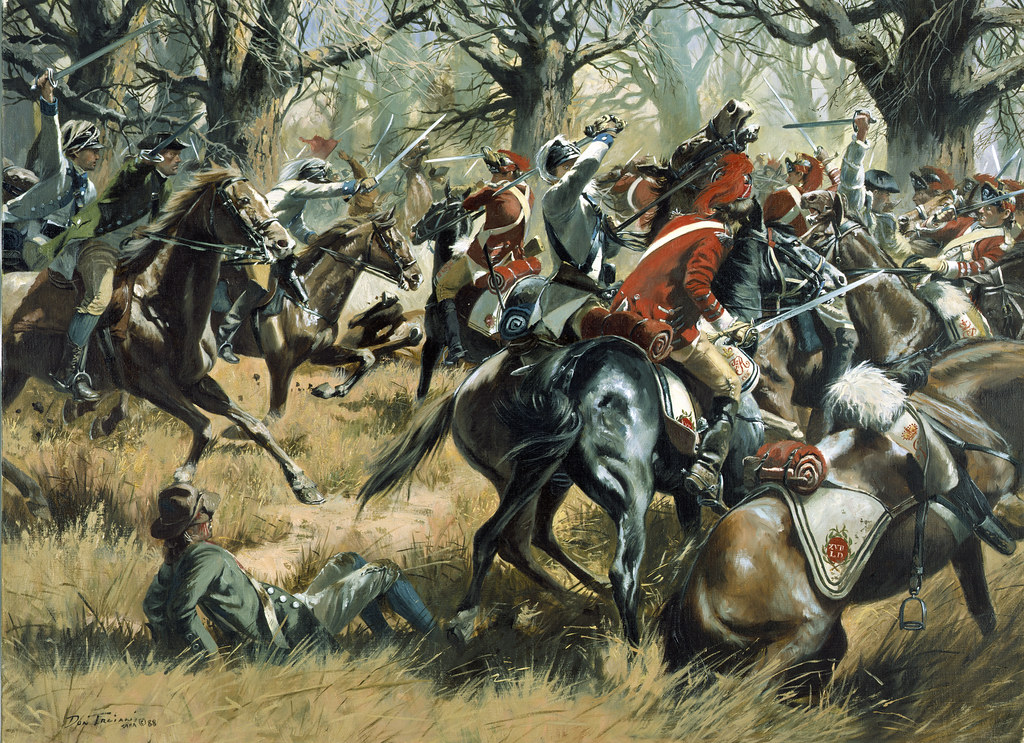
On January 17, 1781, in the South Carolina backcountry, American General Daniel Morgan orchestrated what many military historians consider the most tactically perfect battle of the Revolutionary War. Facing British Colonel Banastre Tarleton’s feared Legion, Morgan deployed his forces in three lines: militia in front, Continental regulars in the middle, and cavalry in reserve. The plan called for the militia to fire two volleys and then retreat, drawing the British into a trap.
The battle unfolded exactly as Morgan planned, with the militia’s apparent retreat luring Tarleton’s men into a devastating crossfire. In just one hour, the British lost 110 killed, 200 wounded, and 527 captured out of 1,150 engaged. Morgan’s losses were minimal: 12 killed and 60 wounded. The victory destroyed British morale in the South and contributed directly to Cornwallis’s eventual surrender at Yorktown, as documented in the Cowpens National Battlefield archives.
The Battle of Horseshoe Bend: Jackson’s Victory That Opened the South
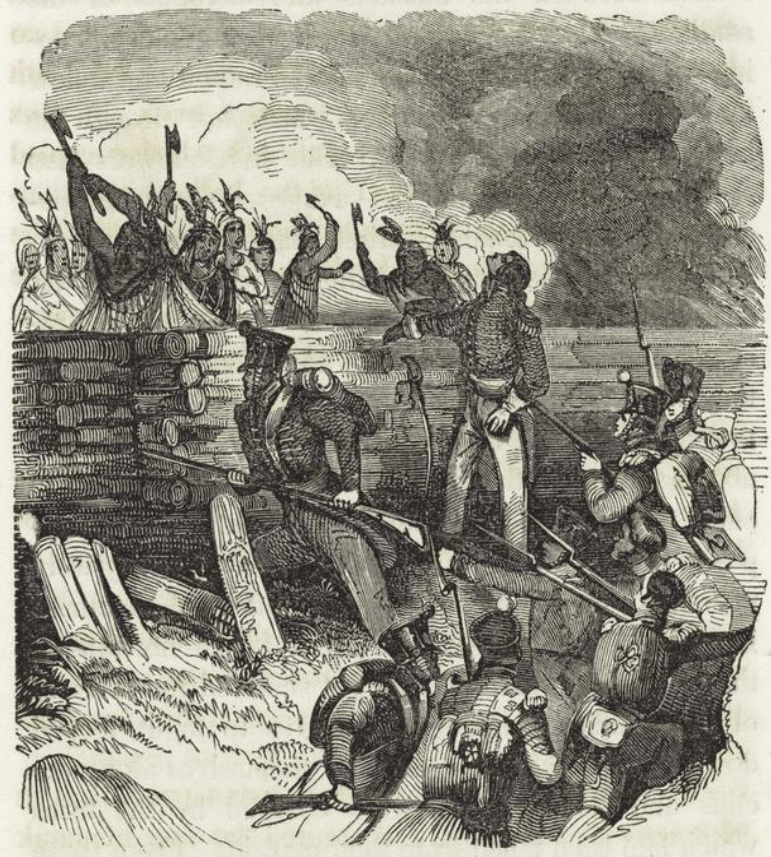
Andrew Jackson’s crushing defeat of the Creek Nation at Horseshoe Bend on March 27, 1814, marked the end of major Native American resistance in the Southeast. The Creek War had been raging since 1813, with the Red Stick faction of the Creek Nation allied with the British. Jackson’s force of 2,700 regulars, militia, and Cherokee allies surrounded 1,000 Creek warriors led by Chief Menawa in a horseshoe-shaped bend of the Tallapoosa River in Alabama.
The battle was a slaughter, with Jackson’s forces killing over 800 Creek warriors while losing only 32 men. The victory forced the Creek Nation to cede 23 million acres of land to the United States, opening vast territories in Alabama and Georgia to white settlement. According to the Alabama Department of Archives and History, this single battle secured Jackson’s reputation as a military hero and set the stage for his eventual presidency.
The Battle of Antietam: The Bloodiest Day That Saved the Union
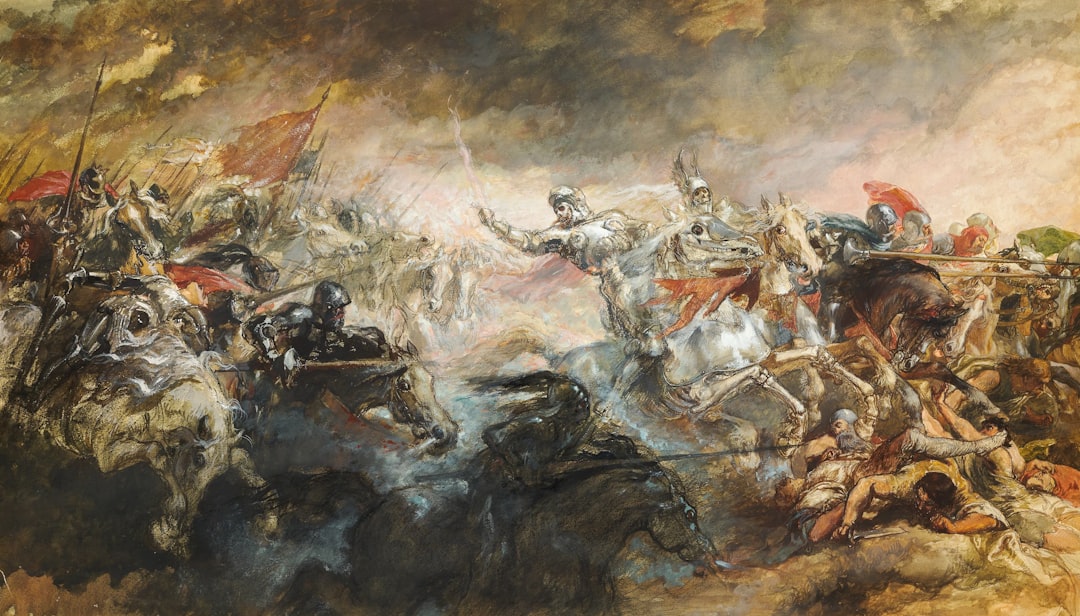
While Gettysburg gets the glory, the Battle of Antietam on September 17, 1862, was arguably more crucial to Union victory in the Civil War. General Robert E. Lee’s first invasion of the North had reached Maryland, threatening to bring European recognition of the Confederacy. General George McClellan’s Army of the Potomac, numbering 87,000 men, faced Lee’s 55,000 troops along Antietam Creek near Sharpsburg, Maryland.
The battle became the bloodiest single day in American military history, with 23,000 total casualties. Lee’s army suffered 13,700 casualties, forcing him to retreat back into Virginia and ending Confederate hopes for foreign intervention. The Union victory gave Abraham Lincoln the political capital to issue the Emancipation Proclamation, transforming the war from a conflict about union to a crusade against slavery. National Park Service records show that this strategic victory may have shortened the war by years.
The Battle of Saratoga: The Victory That Brought France Into the War
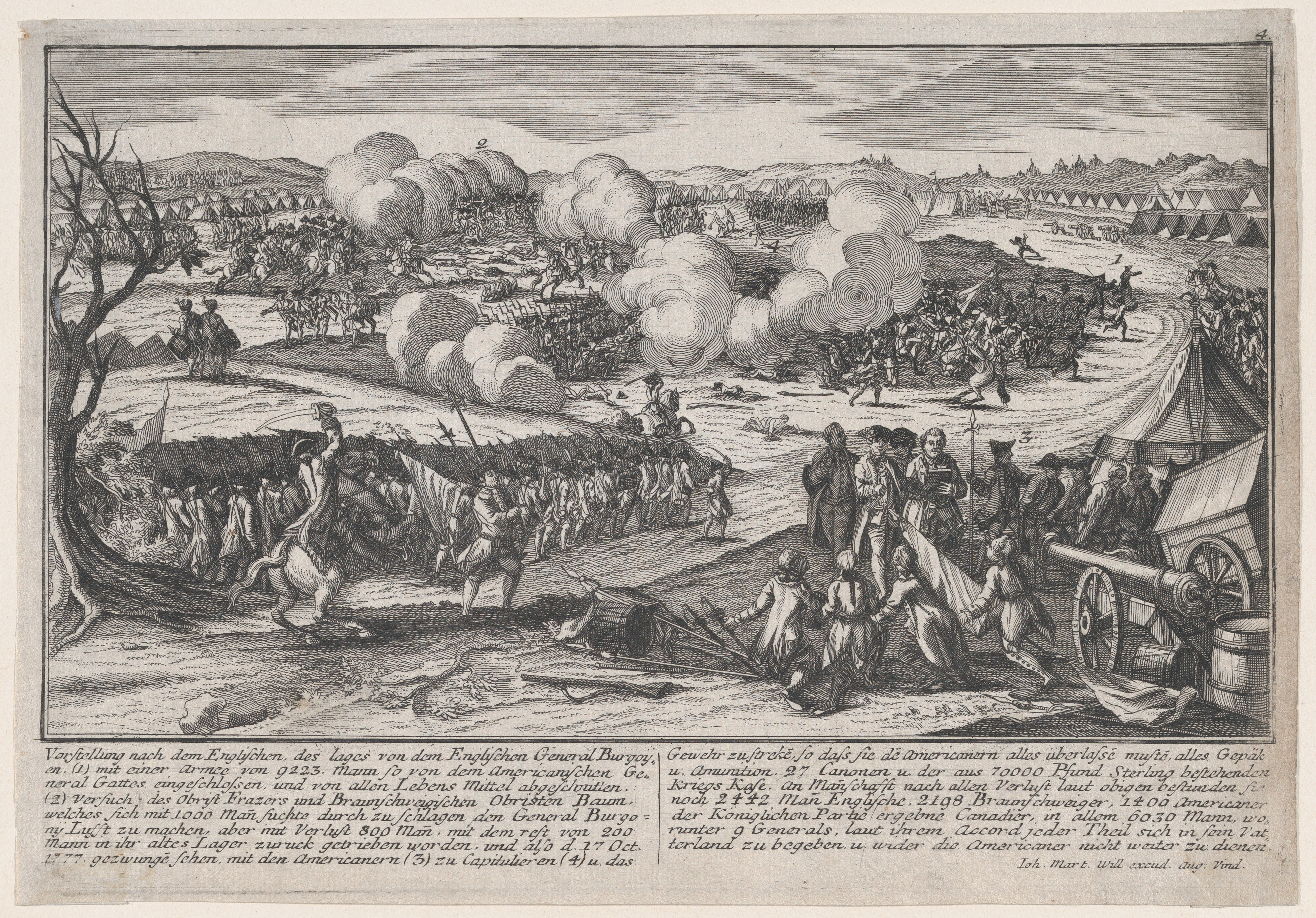
The battles of Saratoga in September and October 1777 marked the turning point of the Revolutionary War, yet many Americans know little about these engagements beyond their outcome. British General John Burgoyne’s campaign to split the colonies by advancing south from Canada had initially succeeded, capturing Fort Ticonderoga and crossing the Hudson River. However, his 7,200-man army became increasingly isolated as American forces under General Horatio Gates and Benedict Arnold harassed his supply lines.
The decisive engagement came on October 7, 1777, when Arnold led a fierce assault that broke the British lines. Burgoyne, surrounded and outnumbered, surrendered his entire army on October 17. The victory convinced France to enter the war as an American ally, providing the naval support and financial aid that ultimately made independence possible. French Foreign Minister Vergennes had been waiting for proof that Americans could win a major victory before committing France to the conflict.
The Battle of New Orleans: The Unnecessary Victory That Made a President
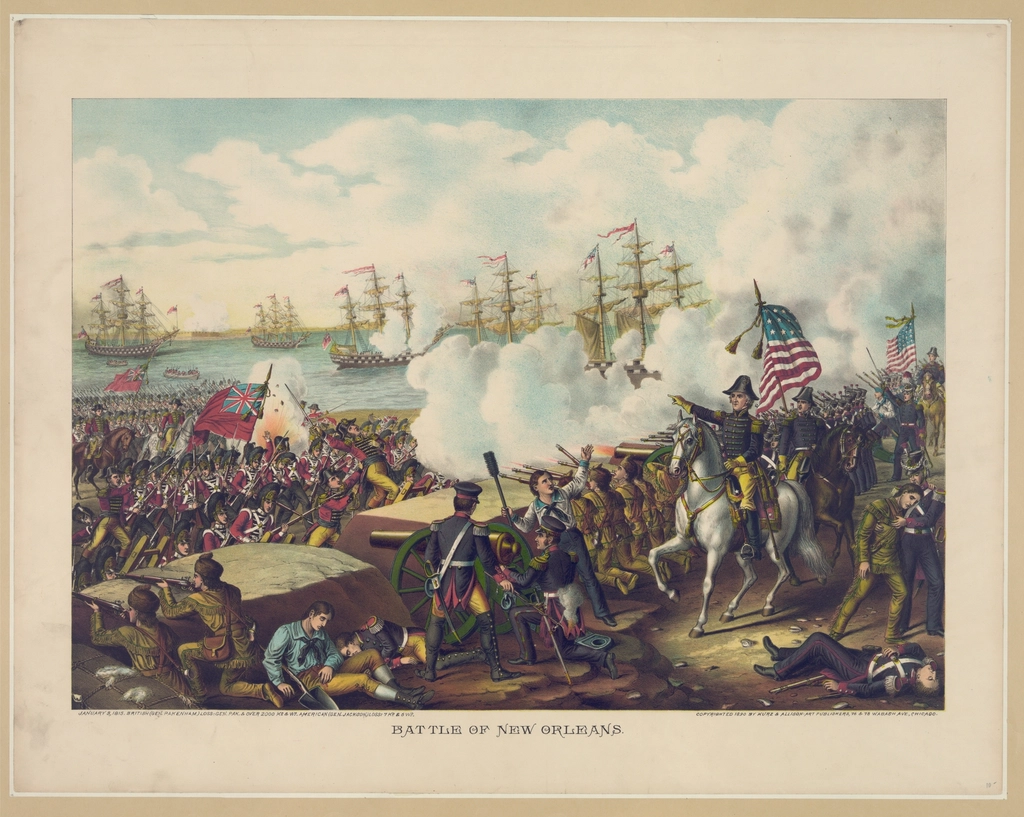
The Battle of New Orleans on January 8, 1815, was technically unnecessary since the Treaty of Ghent had been signed two weeks earlier, but news hadn’t reached America. British General Edward Pakenham commanded 8,000 veteran troops fresh from the Napoleonic Wars, facing Andrew Jackson’s hastily assembled force of 4,500 regulars, militia, pirates, and free men of color. The British planned a direct assault on Jackson’s carefully prepared earthworks along the Rodriguez Canal.
The result was a stunning massacre, with British forces suffering 2,042 casualties including General Pakenham, while Jackson’s defenders lost only 71 men. The lopsided victory made Jackson a national hero and launched his political career toward the presidency. More importantly, the battle convinced Britain that further military adventures in America would be too costly, securing American independence for the next century. The Smithsonian Institution’s records show that this single battle shaped American national confidence for generations.
The Battle of Yorktown: The Siege That Ended an Empire
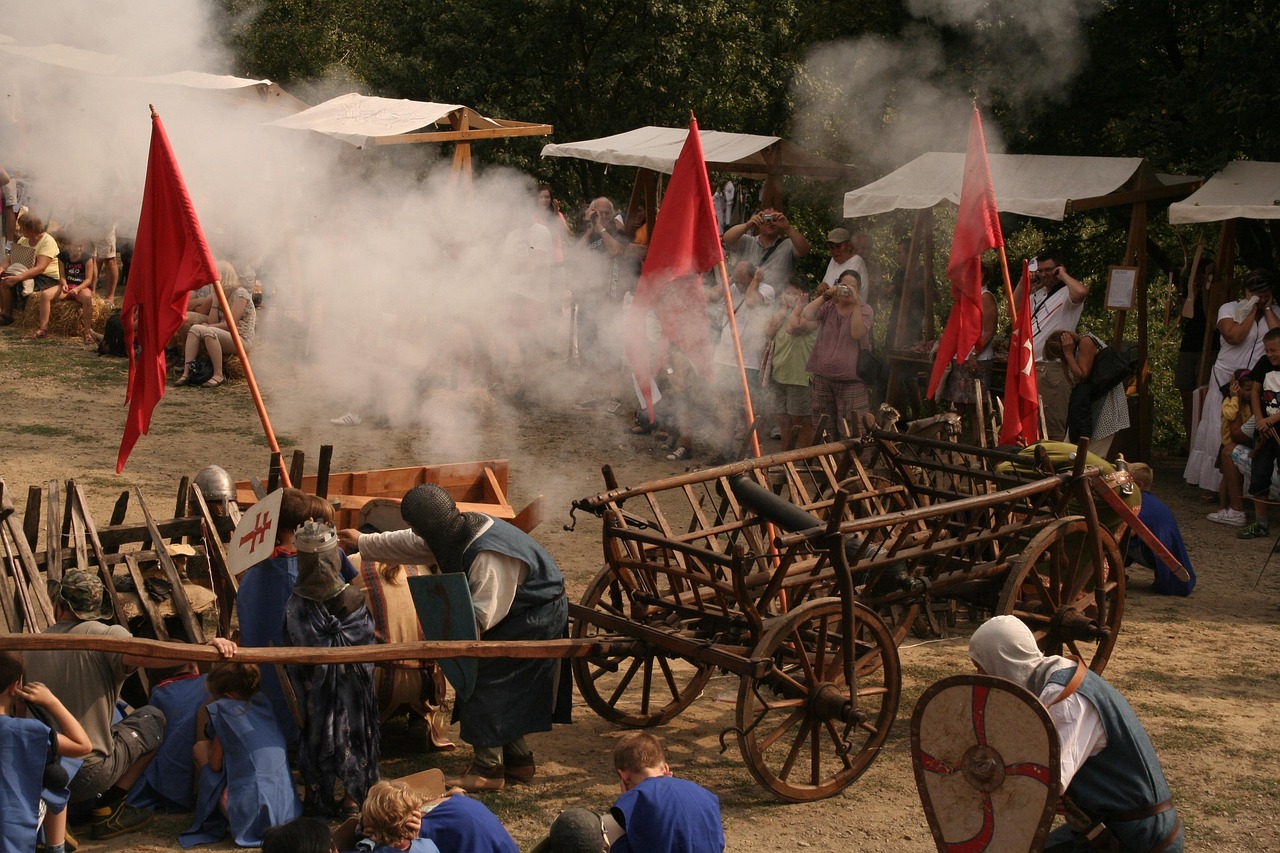
The siege of Yorktown from September 28 to October 19, 1781, represented the perfect convergence of American, French, and British strategic miscalculations. Lord Cornwallis had moved his army of 7,500 men to the Virginia peninsula, expecting reinforcement and evacuation by the Royal Navy. Instead, he found himself trapped by Washington’s Continental Army, Rochambeau’s French troops, and most crucially, the French fleet under Admiral de Grasse that controlled the Chesapeake Bay.
The siege lasted three weeks, with relentless bombardment from 152 allied cannons reducing Yorktown to rubble. Cornwallis’s surrender on October 19 effectively ended major combat operations of the Revolutionary War, though fighting continued elsewhere for two more years. The victory was so complete that it convinced the British Parliament to begin peace negotiations, leading to the Treaty of Paris in 1783. Military historians note that without French naval supremacy, the siege would have been impossible.
The Battle of Chancellorsville: Lee’s Masterpiece That Cost Everything
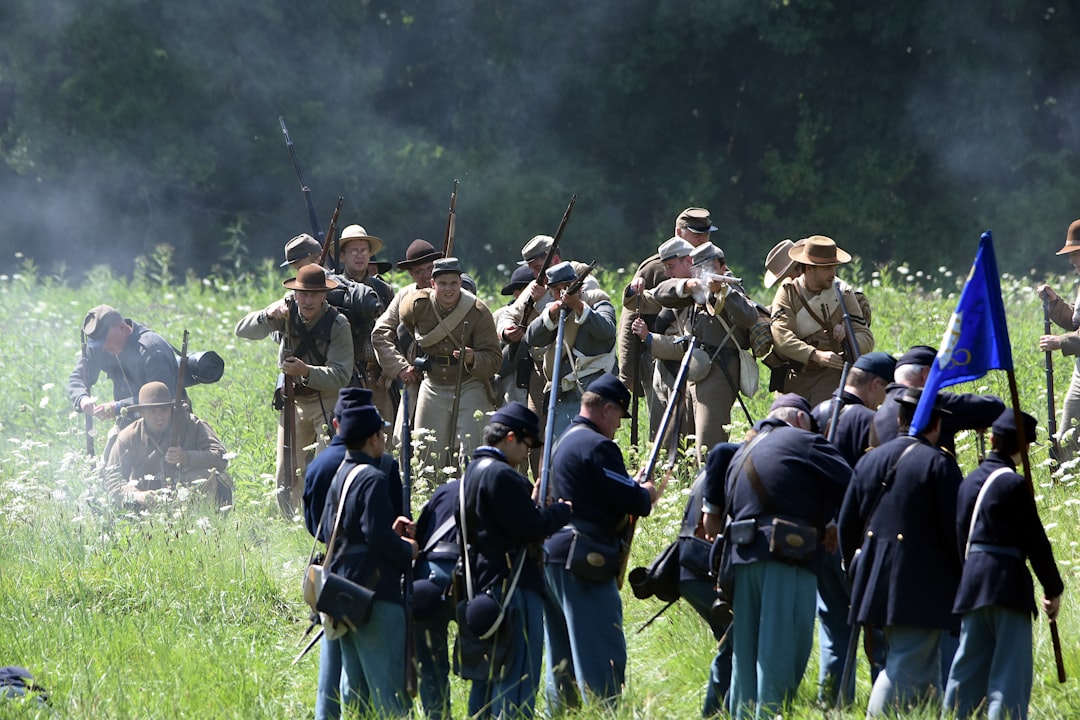
Robert E. Lee’s tactical masterpiece at Chancellorsville from May 1-6, 1863, demonstrated both the heights of Confederate military genius and the beginning of its downfall. Facing Union General Joseph Hooker’s 134,000-man Army of the Potomac with only 60,000 troops, Lee made the audacious decision to divide his already outnumbered force. He sent Stonewall Jackson on a 12-mile flanking march to attack the Union right flank while keeping Hooker’s attention fixed on the center.
Jackson’s surprise attack on May 2 routed the Union XI Corps and nearly destroyed Hooker’s army, but the victory came at an irreplaceable cost. Jackson was mortally wounded by friendly fire during a nighttime reconnaissance, dying eight days later. Lee called the loss “irreplaceable,” and military historians argue that Jackson’s death at Chancellorsville directly contributed to Confederate defeats at Gettysburg and beyond. The Chancellorsville battlefield, preserved by the National Park Service, stands as a monument to tactical brilliance and strategic catastrophe.
The Battle of Midway: Four Minutes That Changed the Pacific War
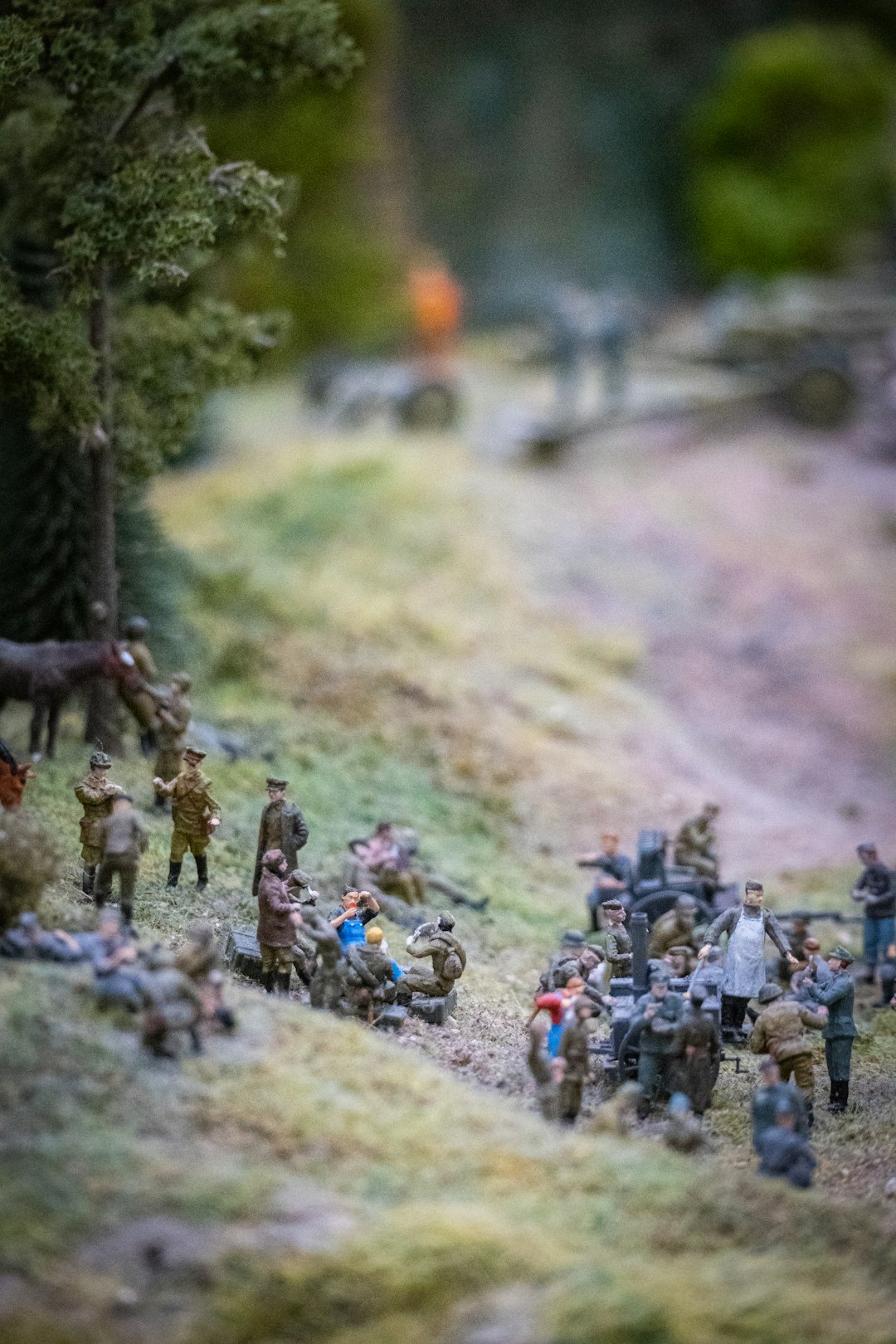
Between 10:22 and 10:26 AM on June 4, 1942, four minutes of dive-bomber attacks transformed the Pacific War and set Japan on the path to defeat. Admiral Yamamoto’s plan to destroy the remaining U.S. Pacific Fleet at Midway had initially succeeded, with Japanese forces maintaining the element of surprise. However, American codebreakers had intercepted Japanese communications, allowing Admiral Nimitz to position his three aircraft carriers in a perfect ambush position.
The turning point came when Lieutenant Commander Wade McClusky’s dive bombers caught three Japanese carriers with their decks loaded with fuel and ammunition. The Akagi, Kaga, and Soryu were all fatally damaged in those four minutes, with the Hiryu sunk later that day. Japan lost four fleet carriers, 248 aircraft, and most irreplaceably, many of its most experienced pilots. The Naval History and Heritage Command documents show that Japan never recovered from these losses, marking the beginning of its long retreat across the Pacific.

